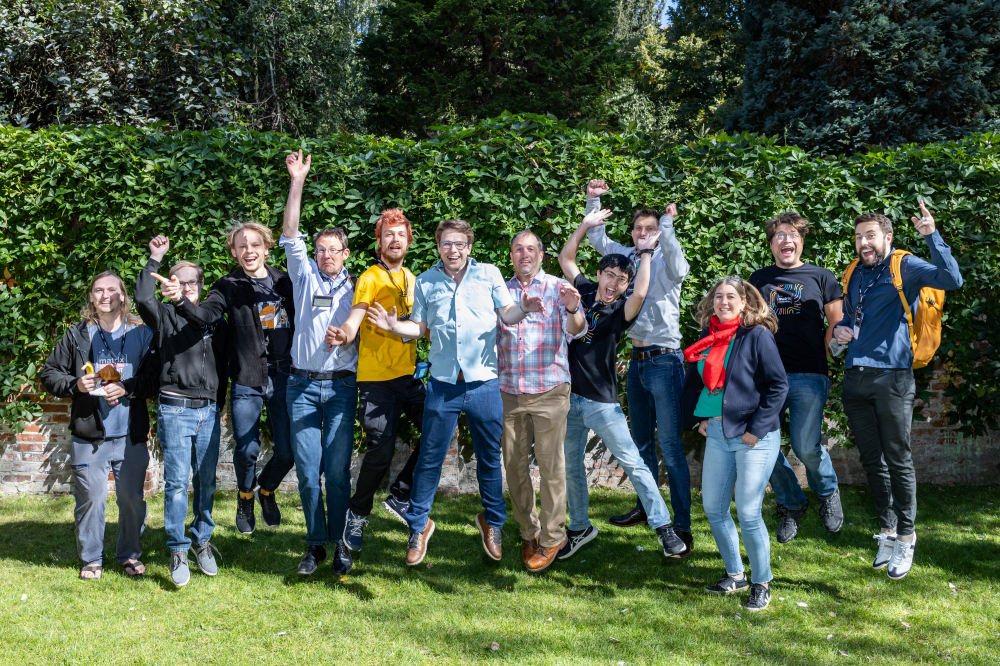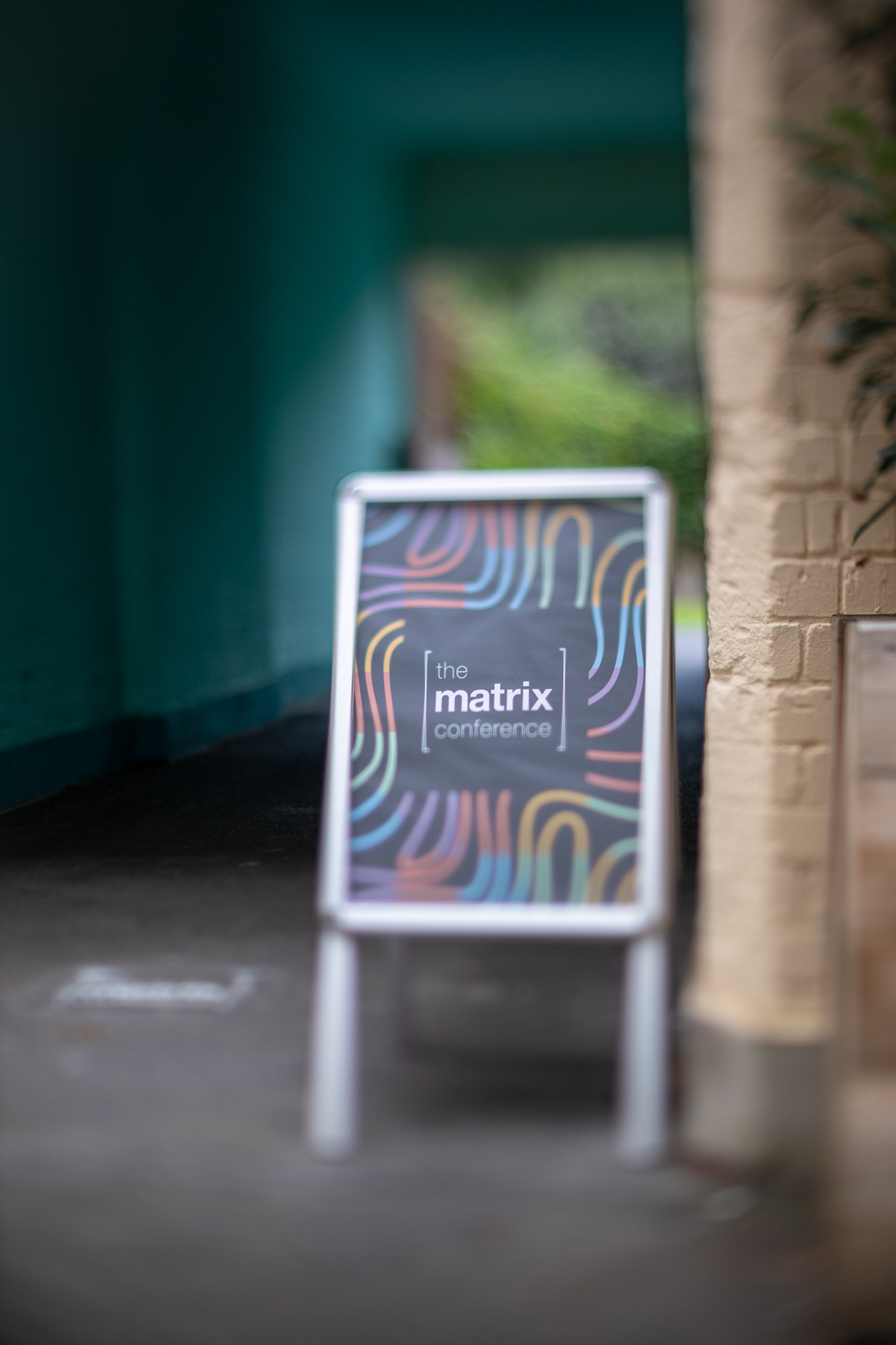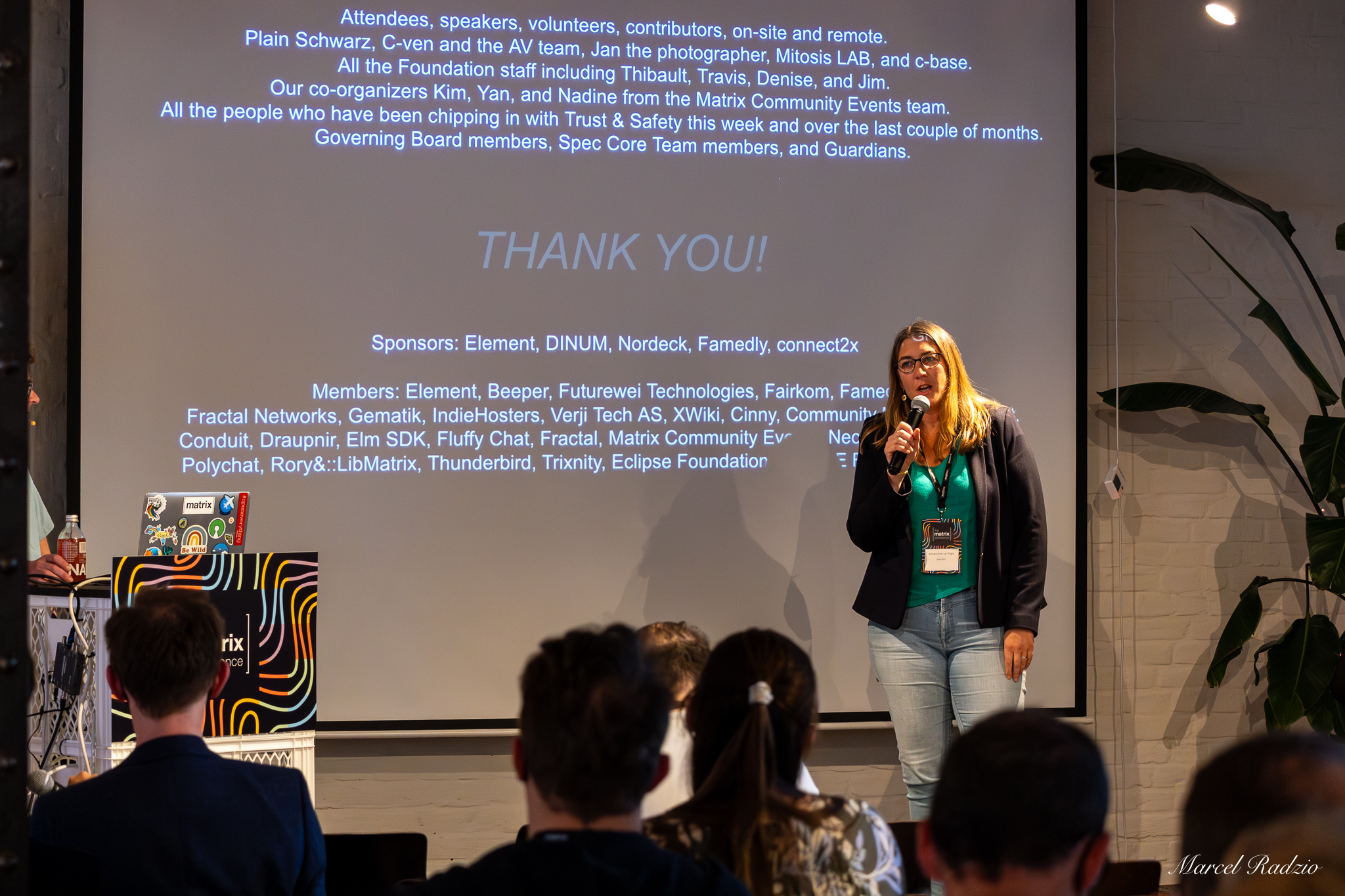Hi all,
We are disclosing two high-severity vulnerabilities in matrix-js-sdk and matrix-react-sdk related to MSC3061, which specifies sharing room keys with newly invited users for message history access.
🔗Affected versions
🔗Vulnerability details
When inviting a user to an encrypted room, in the legacy (pre-Rust) encryption implementation, matrix-react-sdk forwarded existing message keys to the newly invited user so they could decrypt shared message history as per MSC3061. The implementation is provided by matrix-js-sdk, which incorrectly applied the same rules for sending existing keys to the invited user as for sending new keys, which allows them to be sent to unverified devices and unverified users. While there's always some risk of key exposure to a server-side attacker when you're interacting with unverified users, the risk is higher for historical keys.
The root cause of the matrix-react-sdk vulnerability is a function call into vulnerable functionality implemented in the matrix-js-sdk. The matrix-react-sdk vulnerability was addressed earlier, in matrix-react-sdk version 3.102.0, by removing the call. The matrix-js-sdk vulnerability will be addressed in version 34.8.0 to remove the vulnerable functionality completely. Because of these differences, two separate advisories were warranted.
Note that the vulnerability is only present in the matrix-js-sdk when running the old, non-Rust encryption stack. The vulnerable functionality was never implemented in the Rust-based stack. As a result, clients using the matrix-js-sdk in Rust crypto mode (i.e. calling initRustCrypto rather than initCrypto) are not vulnerable, even if on a nominally vulnerable version.
Furthermore, matrix-android-sdk2 and matrix-ios-sdk have similar functionality that is gated behind an experimental setting—we recommend avoiding use of this setting, though there are no specific advisories since the feature has only been available in an experimental state.
🔗Proposed specification changes
To fix this functionality in terms of the specification process, we will open an MSC to explicitly clarify that MSC3061 key forwarding should only forward keys to verified devices owned by verified users, ensuring that historical keys are never shared with untrusted devices. This also encourages users to verify each other to enable reading message history, thereby improving Matrix security against interception.
🔗Note on project ownership
The matrix-react-sdk is no longer a Foundation project but that of Element and has been moved to https://github.com/element-hq/matrix-react-sdk. However, the vulnerability in question was introduced, found and patched while it was still under Foundation ownership. For this reason, the Matrix.org Security team decided to treat this as a Foundation advisory. Future advisories for matrix-react-sdk (if any) will come from Element.



